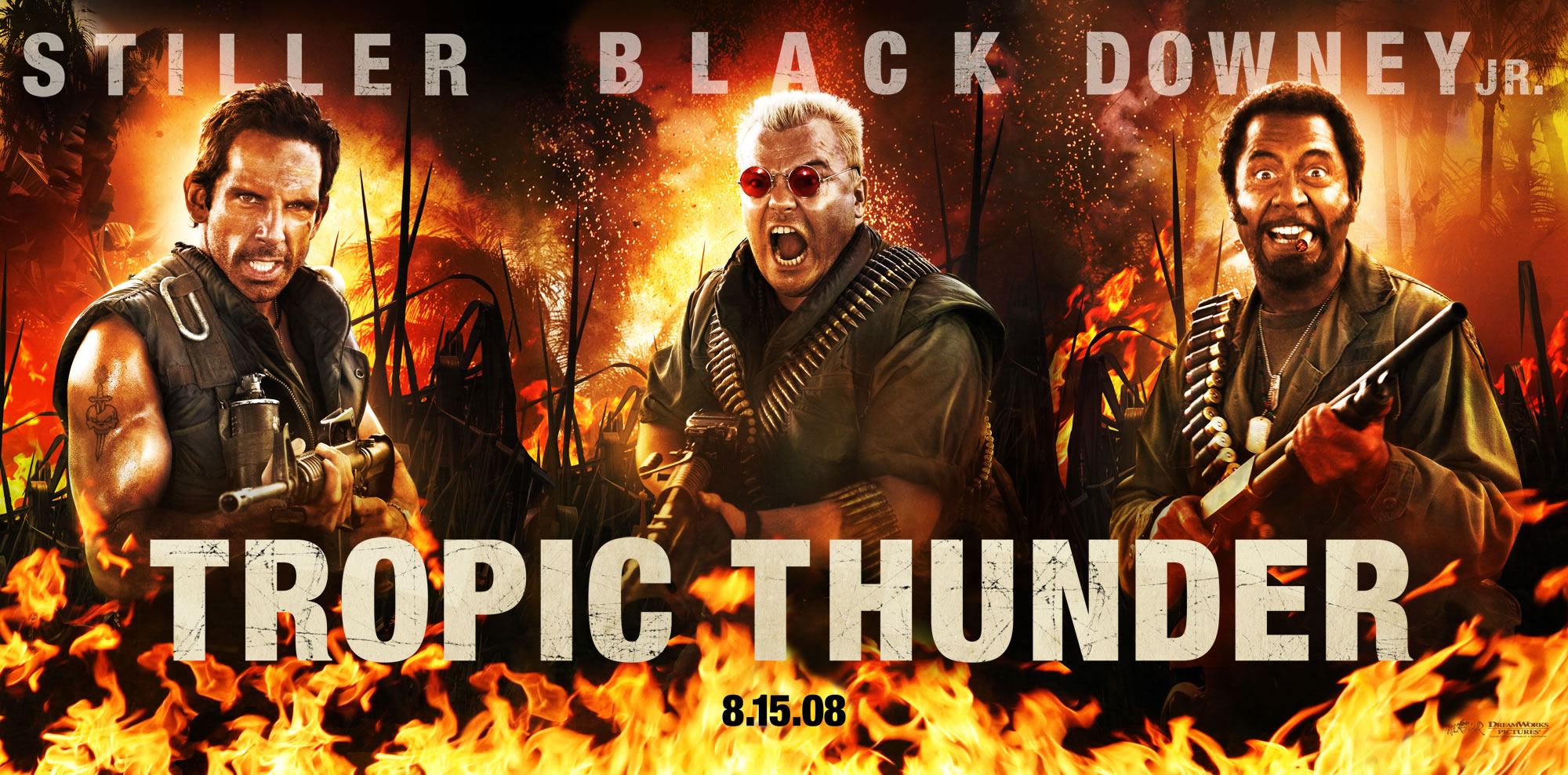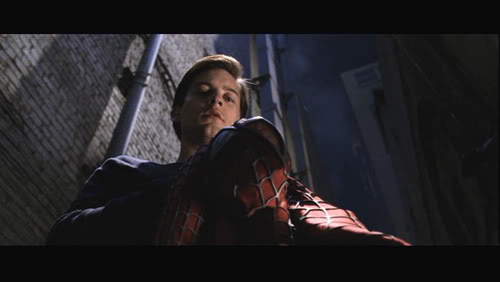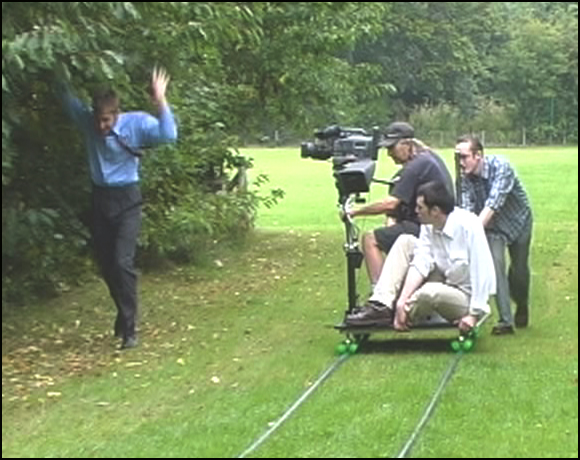Mise en scène
Mise en scene is a French term meaning what is put into a scene or frame. It is made up of visual information in front of the camera. It communicates essential information to the audience about settings (time & place) and characters.
Mise En Scene is made up of five elements....
Settings & Props:
Settings and locations play an important part in film-making and are not just backgrounds. The sets are either built from scratch or a great deal of time is spent to find a setting with already exists. Settings can manipulate an audience by building certain expectations and then different turns.
 Costume, Hair & Make Up:
Costume, Hair & Make Up:
Costume, Hair and Make up tells us immediately whether the film is set in the present and society/ or culture it will centre around. It also act as an indicator to the audience of character's personality, status & Job. Certain costumes can signify certain individual's. ( E.G black cloak of a vampire) or groups ( E.G. Policeman)
Facial expression & body language:
Facial expressions provide a clear indicator of how someone is feeling. If someone is smiling broadly, We assume they are happy but we may get a different feelings if this is accompanied by scary music. Body language may also indicate how a character feels towards another character or reflect the state of their relationship.
 Positioning with character & object within a frame:
Positioning with character & object within a frame:
Positioning within a frame can draw our attention to an important character/ object. A film-maker can use positioning to indicate relationship between people.
Colour:
Colour carries a certain connotations which may add meaning to a scene. It can give a scene a particular look, feel or mood. It may also be used for dramatic effect.
Lighting & Colour:
Lighting and colour were used to highlight important characters or objects within the frame. It's also used to make characters look mysterious by shading sections of the face and body. It also used to reflect a character's mental state/ hidden emotion.
 ~Types of Lightings
~Types of Lightings
Low key lighting:
*Created by using only the key and back lights.
*Produces sharp contrasts of light and dark areas.
* Deep, distinct shadows/ silhouettes are formed.
~High key lightings
*More filler lights are used.
*Lightings are natural and realistic to our eyes.
*Produces brightly lit sets or a sunny day.





























